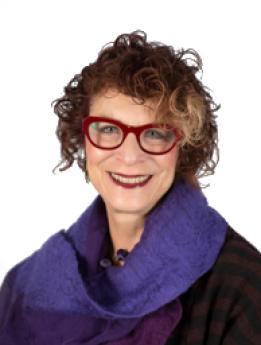
Scientist
B.S. Speech Pathology and Audiology Syracuse U
M.A. Speech Pathology and Audiology Stanford U
Ph.D. Speech and Hearing Science City U of NY
The goal of our laboratory is to examine the auditory abilities of people with various degrees of hearing loss with and without vision loss.
